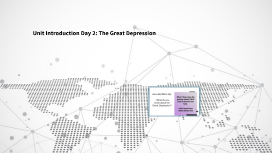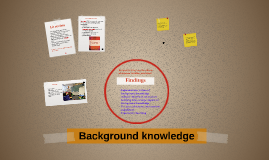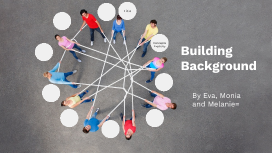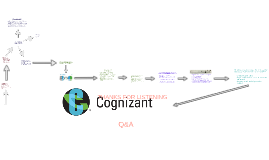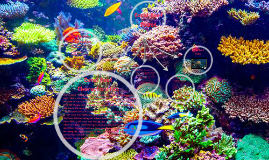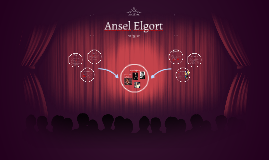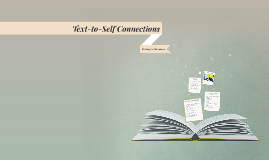Background Knowledge
Transcript: Warm water temperatures are required for a coral reef biome to exist. That is why they are in the water that is shallow. In the deeper locations of water, the sun isn’t able to shine due to the depths of it. With the shallow water though the sun can get to the bottom of it and warm the area up. The characteristics of a coral reef biome will depend on if it is a hard or soft coral reef. With the hard coral reef you will find those limestone skeletons being left behind from brain coral and elk horn coral. With a soft coral reef though you won’t have that left behind. There are three different types of coral reefs that have been identified. Fringing reefs are those found along the coastline. They are along the shallow waters of the continental shelf. Barrier reefs are further out into the lagoon. They actually create a barrier between the sea and the lagoon area. Coral Reef Flora and Fauna Background Information Climate From 70 to 85 °F Plants Algae and sea grasses. Animals Jellyfish, crustaceans, sea turtles, sea snakes, sea stars. Location Indo-Pacific region, Australia, American and African west coasts. Coral reef conservation A coral reef already has a lack of nutrients in it so such contaminants can be a huge problem. The algae is often going to take care of such problems. However, if the contamination is in large quantities it will be too much for the biome to handle on its own. It can continue to prosper though due to how the reproduction occurs. Fragments that are healthy can break off and start over. However, it can take a long time for the coral reef to have coloration to it once again. Even though coral reef biomes are very important to us, they are in great danger. The risk of pollution to the water is the biggest problem. Even in areas where people don’t spend much time in the water, there are concerns. The run off from sewage and from agricultural efforts take a toll on the cleanliness of the water. Coral Reef Video Coral Reef Biome Coral Reef Characteristics There is no denying a very complex type of habitat exists in the coral reef biome. However, it also offers a structure that provides a great hiding place for many creatures. This includes sponges, an array of species of fish, jellyfish, and crustaceans. They include snails, turtles, and mollusks. You will find many species of birds living in the coral reef biome. This is because they can easily access different types of living creatures for food. The will dive into the water, get the food, and come back out. Other food sources will simply float to the top so they can rest on the water and consume them.






